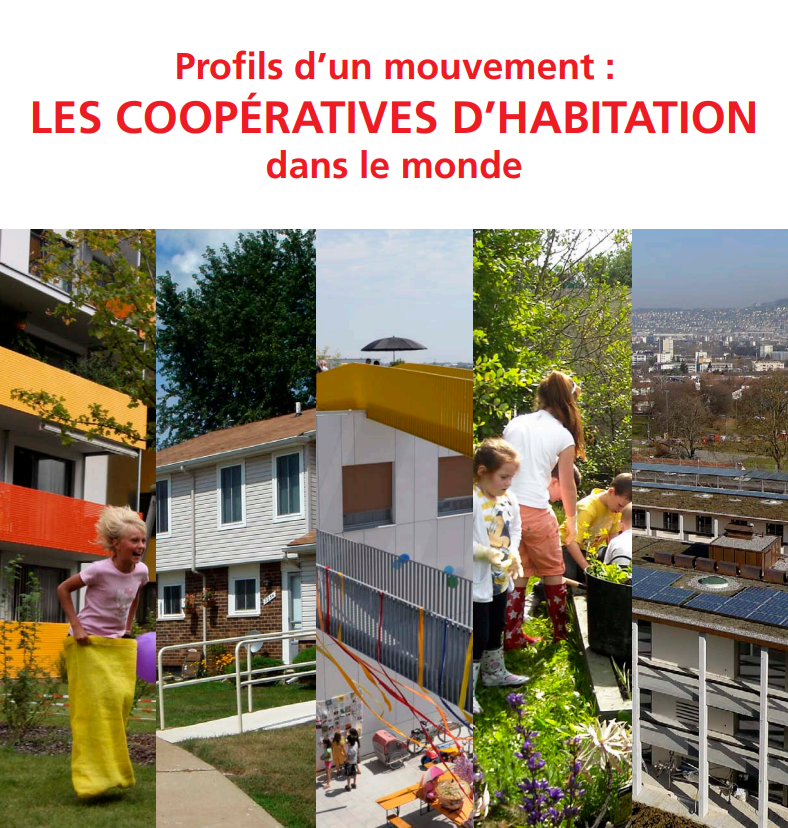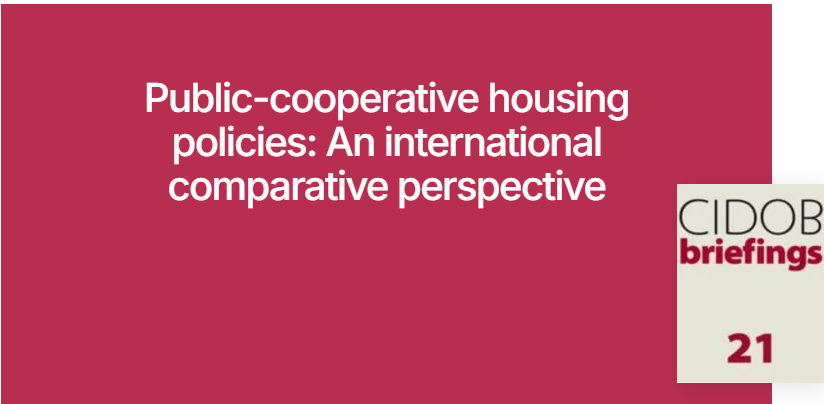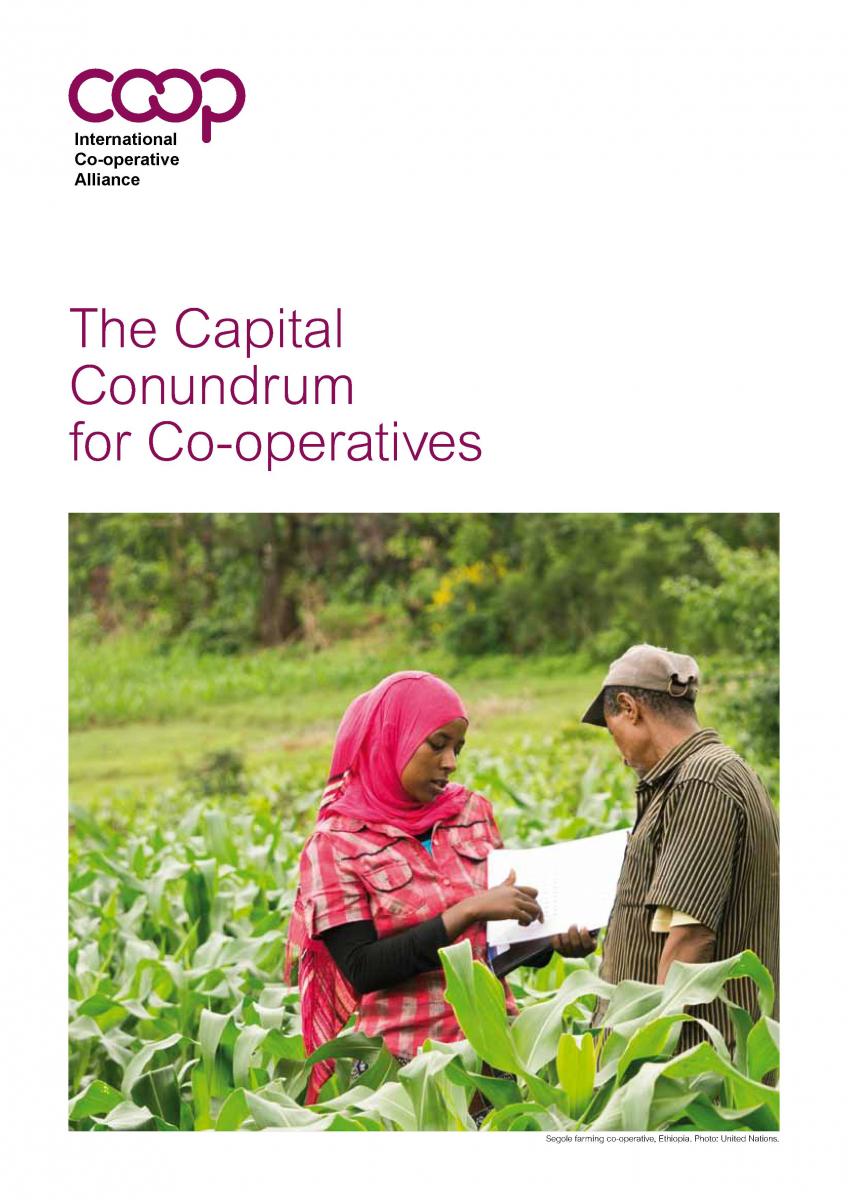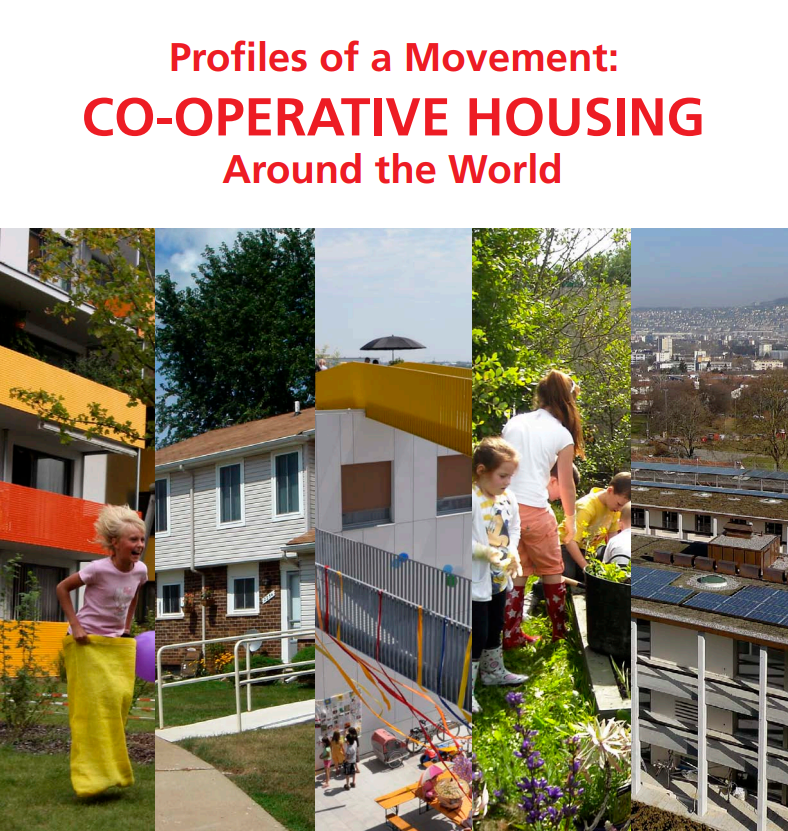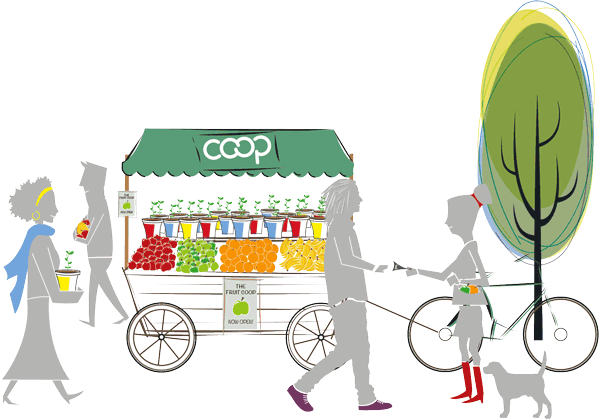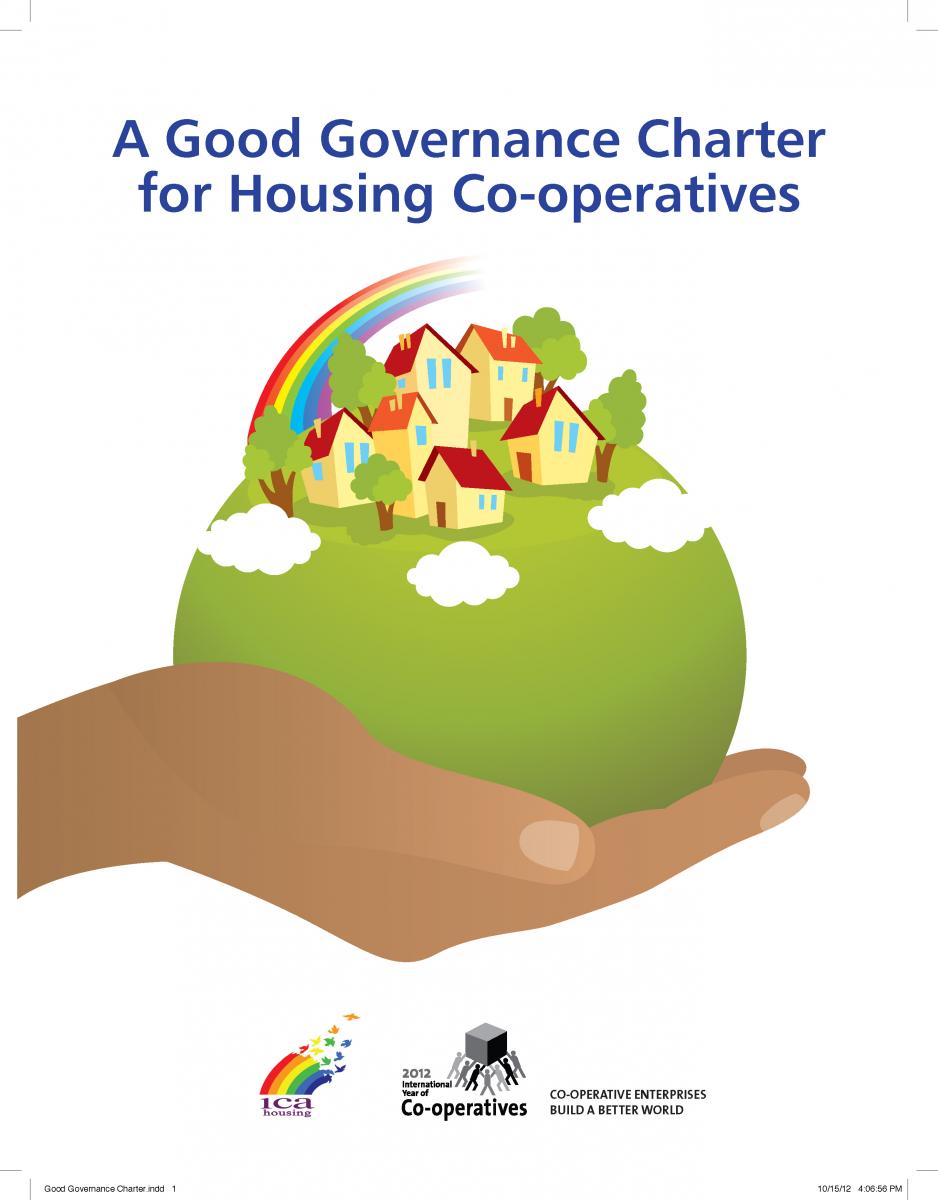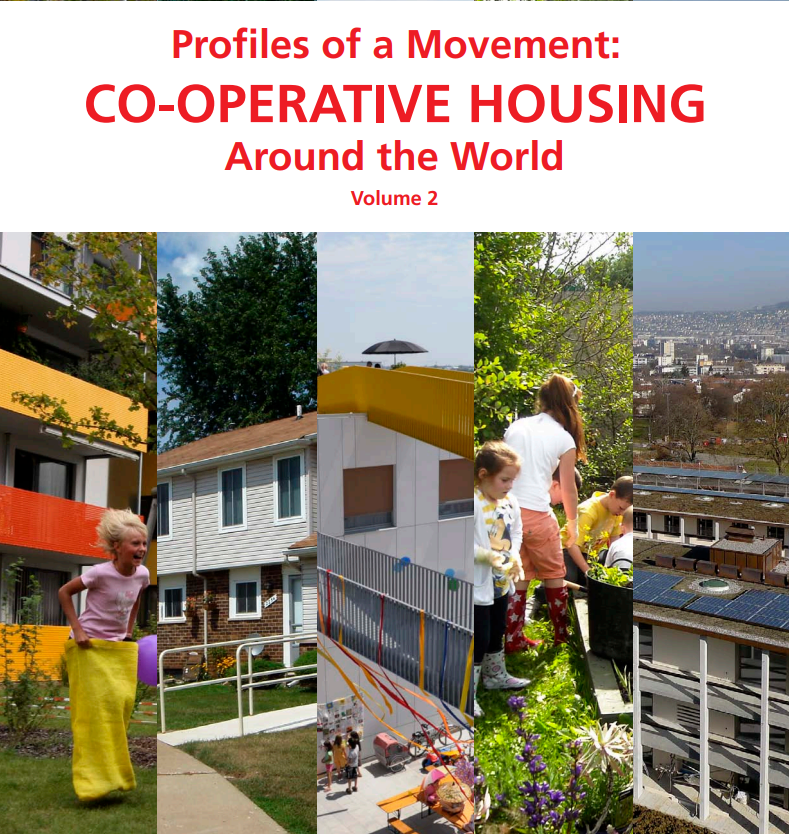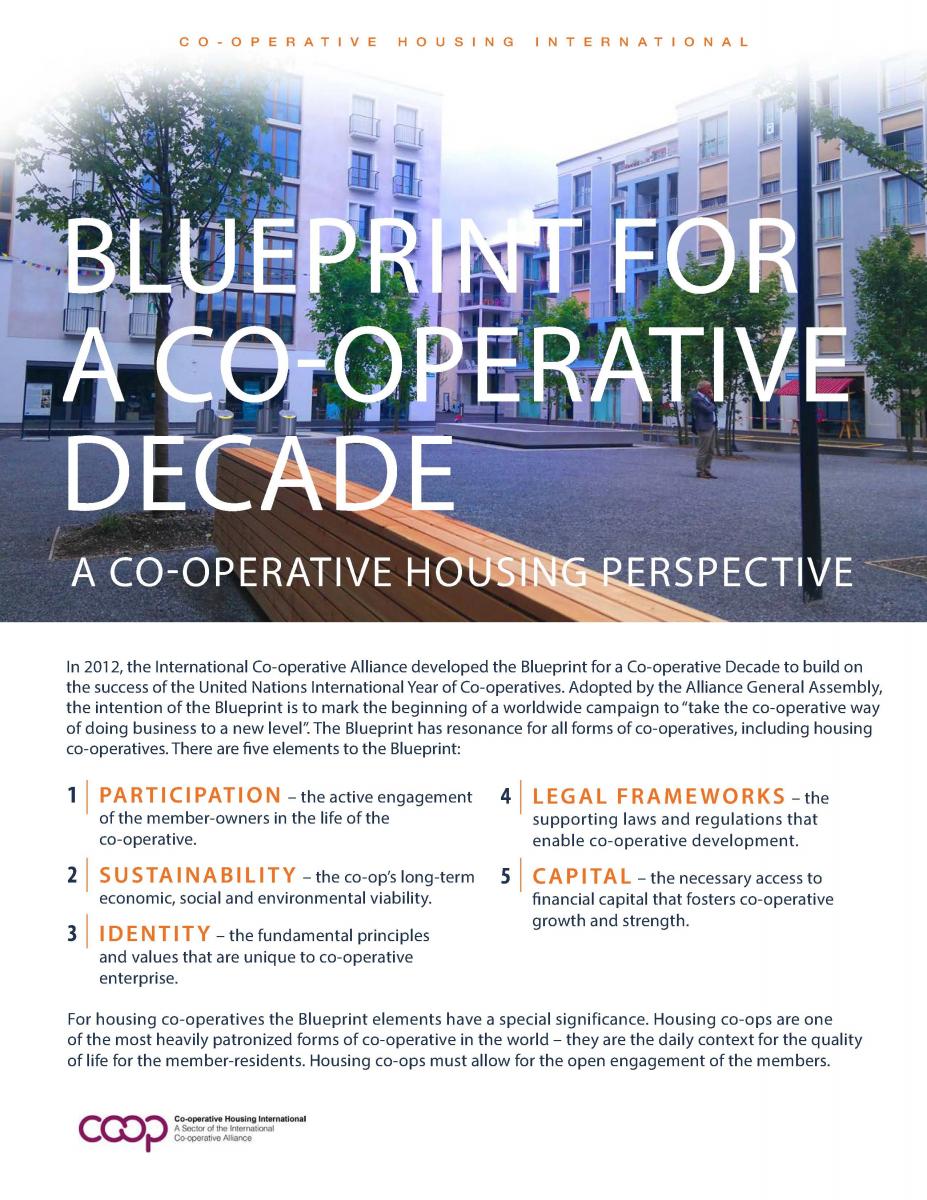About Italy
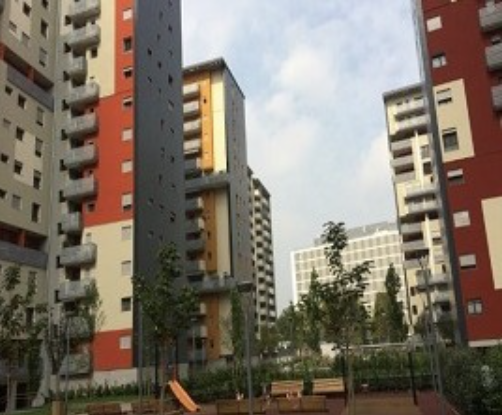
Uni.Abita Soc. Coop., Milan, Italy
History of Cooperative Housing in Italy
Cooperative housing in Italy dates back to the mid-19th century. The first co-op was founded in 1854, and by 1886, a national association called Legacoop was established. In 1919, a split led to the formation of Confcooperative Habitat. These early cooperatives aimed to combat unemployment and high living costs based on solidarity.
The first housing cooperative began in 1884 in Bologna by tobacco factory workers. From the late 1800s to 1920s, thousands of housing units were developed with support from political figures.
However, world wars and the fascist regime destroyed many cooperatives, halting democratic self-help models. Post-WWII, cooperatives were revived. The 1947 Constitution recognized cooperation as mutual aid.
The “Basevi” Law of 1947 formalized cooperative regulation and allowed surpluses to be stored in indivisible reserves. In 1992, Law 59 created the Solidarity Fund, boosting sector finance.
From the 1970s onward, co-ops grew, except for a dip from 1980–1985. A building boom followed until the 2008 financial crisis. In the late 1990s, housing policy became a regional responsibility, shifting development and funding decisions to regional governments. The national government now plays a minor role.
Housing Context in Italy
Most housing in Italy is owner-occupied. Only 18% is rental, and only a quarter of rentals are social housing. Cooperative housing benefits from tax breaks and can form consortia, be shareholders in joint-stock companies, and control them.
Italy faces a housing crisis due to unemployment, economic hardship, and limited mortgage access. Demographic changes, immigration, and precarious employment have increased rental demand, especially among students, young couples, and migrant workers.
With public housing reduced and decentralized, regional inequalities have widened. About 1 million social housing units are still needed. Cooperatives are adapting by promoting affordable rental housing, sustainable design, and energy-efficient projects.
Cooperative Housing in Italy and Sustainability
Italian co-ops are recognized for their work in sustainable housing. They engage in projects promoting energy efficiency and renewable energy use.
Arca Cooperative, Milan
-
Project: Retrofit of a municipal-owned building to support people in recovery
-
Sustainability Upgrades: BIPVT solar roof, heat pumps with fan-coil units, ventilated façades, external battery storage
-
Project Database: Part of Housing Europe’s RE-SKIN demo project aimed at reducing energy use and embodied carbon in social housing
The Via Caldera redevelopment project in Milan, completed in 2015 by Cooperativa Ferruccio Degradi, involved the energy-efficient renovation of several early 20th-century Milanese tenement buildings housing 130 families. The buildings suffered from deteriorating roofs, facades, outdated heating systems, poor insulation, and obsolete gas infrastructure.
Key upgrades included:
-
Complete roof refurbishment with insulated panels
-
Replacement of old windows with PVC, low-emissivity glass
-
Facade restoration without external insulation
-
Removal of gas systems and transition to induction cooking
-
Installation of a new condensing boiler plant with thermostatic valves
-
New hot water systems with individual metering
-
Addition of solar thermal systems
Accessibility improvements and infrastructure upgrades were also made. Residents, mostly elderly, stayed during the works and actively participated in the process, helping smooth implementation. The energy retrofit cost €1.1 million, with €399,000 (36%) funded through Italy’s Conto Termico incentive program via GSE.
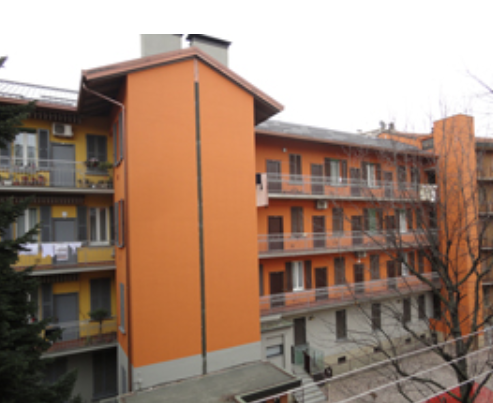
Ferruccio Degradi Building Cooperative, Milan, Italy
Types of Housing Cooperatives
There are two main types:
Conventional Housing Cooperatives (Owner-Occupied)
- Units are owned by individual members.
- Sold below market value due to subsidies.
- Equity restrictions apply for up to 20 years.
Social Housing Cooperatives (Rental)
- Aimed at low-income groups, elderly, and disabled.
- Owned by the cooperative to ensure long-term affordability.
- Units are rented to members.
- Design includes accessibility and safety features.
Membership and Governance
- Cooperatives are formed by a building co-op.
- Membership is open to anyone and costs around $200.
- Members are placed on a waiting list and notified of vacancies.
- Units are allocated based on application date and eligibility.
- Co-ops contribute 3% of net surplus to a national fund.
- 30–70% of surplus goes to an indivisible reserve (tax-free).
- Upon dissolution, the reserve transfers to a co-op development fund.
- Governance is handled by staff and sector organizations.
Financing Cooperative Housing
Cooperative housing in Italy is financed through a blend of public, private, and member-based sources. There is a strong regional influence since housing policy was devolved to the regions in the late 1990s.
1. Member Contributions
-
Member shares and loans: Individuals interested in joining a housing cooperative purchase a share (around €200) and may also contribute loans. This gives them the right to vote and apply for a housing unit.
-
Equity contributions: For ownership cooperatives, members pay for their unit, often below market value, with some resale restrictions to maintain affordability.
2. Public Financing (Primarily Regional)
-
Capital contributions: Regional governments provide grants or subsidized loans for social housing projects, especially for low-income households.
-
Interest subsidies: Historically offered by the national government, but now primarily regional. These subsidies reduce the cost of financing cooperative construction.
-
Land provision: Local authorities may provide land or sell it at a discount for cooperative development.
3. Tax Advantages
-
Cooperatives enjoy corporate tax exemptions on indivisible reserves and surpluses reinvested in the co-op.
-
Reduced VAT rates may apply to construction and renovation works for cooperatives.
-
Members benefit from certain property tax reductions in the case of primary residences.
4. Indivisible Reserves and Solidarity Funds
-
Cooperatives must allocate 30–70% of annual surpluses to indivisible reserves (non-distributable, even upon dissolution).
-
3% of net surplus is contributed to national solidarity funds, used to support the cooperative sector but not for direct construction.
5. Mutual Investment Funds
6. Real Estate and Social Housing Funds
-
Following the 2008 Housing Plan, Italy created public-private real estate funds to support social housing, especially for households too rich for public housing but too poor for the private market.
-
These funds receive capital from:
-
Projects financed by these funds include affordable rental units and urban regeneration initiatives. About 11 projects producing 6,000 dwellings have been launched.
7. Energy Efficiency Incentives
-
Renovations and retrofits (e.g., window replacements, insulation, solar thermal systems) are eligible for:
-
Conto Termico (Thermal Account): Partial reimbursements for energy upgrades (e.g., 36% in the Via Caldera project)
-
Ecobonus and Superbonus (subject to changes): Incentives for energy-efficient retrofits and earthquake-proofing
Legal Framework
Key legal instruments:
- Article 45 of the Constitution
- Decree Law 1577 (1947) – “Basevi” Law
- Law 127/1971 – Updates to cooperative law
- Law 381/1991 – Social cooperatives regulation
- Law 59/1992 – Solidarity fund and voting rights
- Law 20/2002 – Cooperative law revision
- Decree Law 6/2003 – Corporate rules for co-ops
- Civil Code 2003, Articles 2511–2548
- Sector-specific laws: Law 1165/1938, Law 167/1962, Law 865/1971, Law 457/1978, Law 179/1992
Main Cooperative Housing Federations
- Founded in 1952
- Represents 633 co-ops and 41,110 members
- 90,000 units built (70% ownership, 30% rental)
- Focus on rentals and housing stock renewal
- Website: www.agci.it
FEDERABITAZIONE
- Established 1954
- Represents 2,408 co-ops (2,294 active) and 158,800 members
- Built 258,700 units, mostly owner-occupied
- Runs training and technical support programs
- Operates consortia: CasaQualita’ and Conit-Casa
- Website: www.federabitazione.confcooperative.it
- Founded in 1961 as Ancab
- Represents 1,861 co-ops and 417,200 members
- Built 322,000 units (52,000 rental, 270,000 ownership)
- Focus on housing for seniors, students, migrants, and sustainability
- Cross-sector federation with minimal housing activity
Together, AGCI, Confcooperative, and Legacoop formed the Alleanza delle Cooperativa Italiana (ACI) in 2011. It aims to build a single, unitary representative association in Italy. The three central bodies united in the Alliance associate 43,000 companies that represent over 90% of the Italian cooperative world in terms of people employed (1,200,000), members (over 12 million) and turnover (140 billion euros).
Resources Tagged "Italy"
The Cooperative Identity — the shared values and principles that unite cooperatives worldwide — is being revisited for the first time in decades. The International Cooperative Alliance (ICA) has released Discussion Draft 2 of ...Read More
Governance Global Study
The Law on Cooperative Housing report marks a milestone in CHI’s collaboration with the International Cooperative Alliance (ICA) through the International Legal Research and Analysis Initiative (ILRAI). Co-funded by the European ...Read More
Legal Global News Article
L'habitat coopératif offre des logements abordables à long terme, gérés par les résidents, avec des avantages sociaux, économiques et environnementaux avérés. Malgré son impact mondial, ce secteur reste méconnu.Read More
Financing and Development Global Report
Explore public policies supporting cooperative housing worldwide in this comprehensive report. Discover how governments and cooperatives collaborate to create sustainable and affordable housing solutions globally.Read More
Research Global Research Paper
The Commission's final report on Cooperative and Mutual Housing (Bringing Democracy Home) highlighted the need for consideration of the role that cooperative and mutual housing could play in the national housing strategy. The Fina ...Read More
Financing and Development Global Report
Par cette publication, nous souhaitons ouvrir le débat sur le logement en tant que droit fondamental et enjeu métropolitain, en mettant en lumière l’expérience de grandes métropoles et dans l’espoir d’inspirer des idées nouvelles pour aborder cet enjeu absolument fondamental de l’urbanisation moderne.Read More
Advocacy Global
In 2000, United Nations (UN) member states recognised the need to build global partnerships for development and the exchange of expertise as one of the Millennium Development Goals. Across the international development field, part ...Read More
Financing and Development Global
New report: The Capital Conundrum for Co-operatives "The Capital Conundrum for Co-operatives", a new report released by the Alliance’s Blue Ribbon Commission explores ideas and options available to co-operatives that need suitab ...Read More
Financing and Development Global
Financing the development of housing co-operatives is a challenge and more so in time of financial restrictions and uncertainty. CHI members discussed the issue during a seminar held in November 2009 in Geneva. Presentations w ...Read More
Financing and Development Global
The Forest Products Annual Market Review 2013 reports that the development of new refinement processes has led to the production of new and more affordable wood based products such as cross-laminated timber (CLT). The report sta ...Read More
Sustainability Global
Updated Guidance Notes on the Co-operative Principles, edited by David Rodgers, former President of Co-operative Housing InternationalRead More
Governance Global
The ILO views cooperatives as important in improving the living and working conditions of women and men globally as well as making essential infrastructure and services available even in areas neglected by the state and investor-driven enterprises. Cooperatives have a proven record of creating and sustaining employment – they provide over 100 million jobs today; they advance the ILO’s Global Employment Agenda and contribute to promoting decent work.Read More
Legal Global
Cooperative housing offers long-term, affordable homes governed by residents, with proven social, economic, and environmental benefits. Despite its global impact, the sector remains under-recognized.Read More
Financing and Development Europe Report
Student housing cooperatives have become very popular in the USA and many of these housing co-operatives are members of organizations such as NASCO. Unlike a resident who acquires shares at market rates to earn the right to occupy ...Read More
Community Global
The Good Governance Charter for Housing Co-operatives was launched at the ICA Housing Plenary in Manchester in November 2012.It has three parts:A 10-point set of good governance practicesAn interpretive statement for each good p ...Read More
Governance Global
This second volume of Housing Co-operative Profiles focuses on African countries, showcasing the ingenuity and commitment of cooperators working under difficult conditions. It offers insights into the legal, financial, and historical contexts of housing co-ops, aiming to inspire broader adoption of the model as a solution to the global housing crisis.Read More
Community Global Report
The Blueprint for a Co-operative Decade is a worldwide campaign to “take the co-operative way of doing business to a new level”. The five key elements of the Blueprint are participation, sustainability, identity, legal frameworks and capital. The Blueprint is particularly relevant to co-operative housing and the Blueprint interpretation for co-operative housing below explains how.Read More
Governance Global


